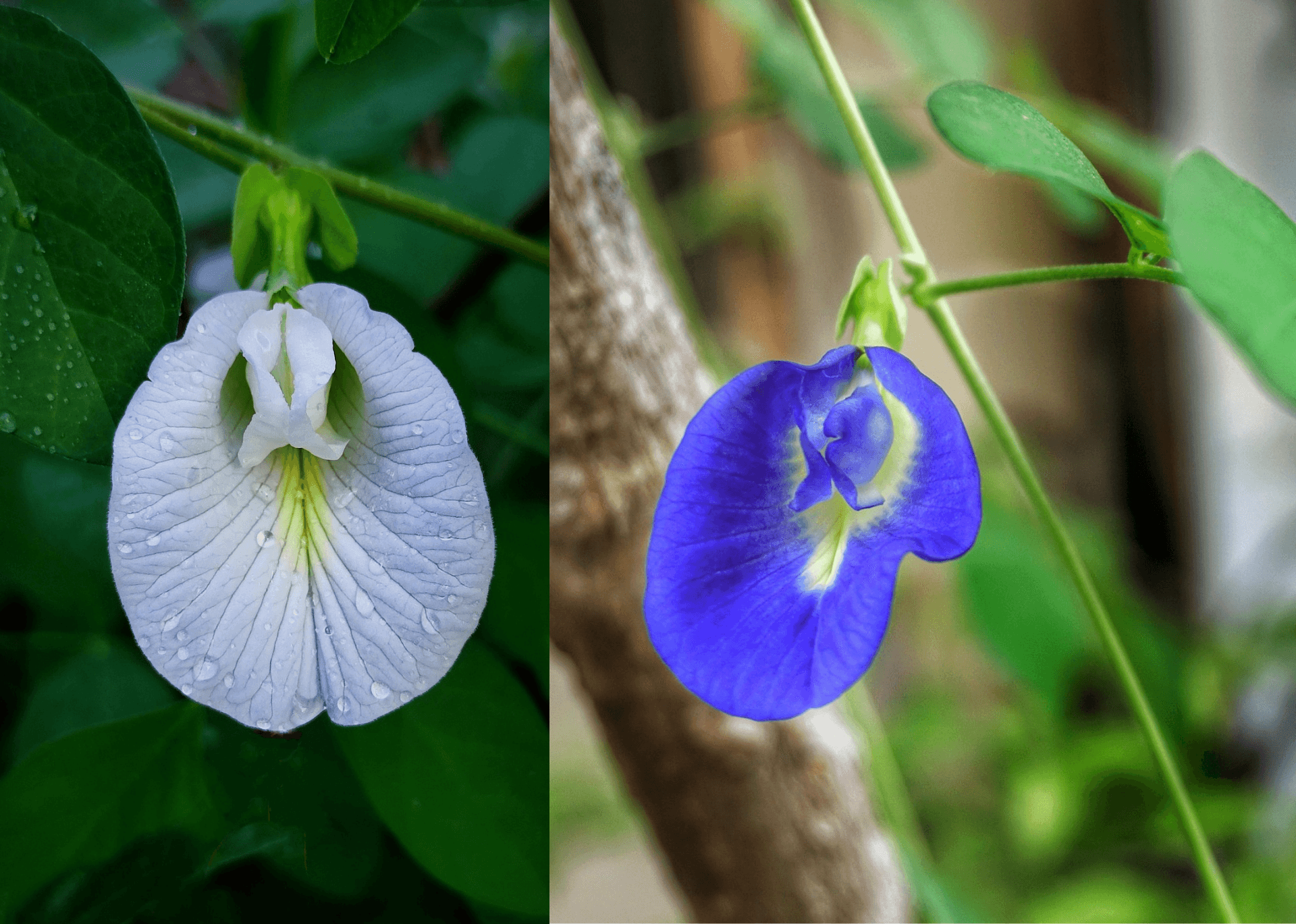5 Tips To Boost Flowering in Aparajita plant: During summer, some plants go into stress due to changes in temperature and environmental conditions. However, Aparajita (Clitoria ternatea) is a summer-loving plant, and this season is naturally favorable for its blooming. It’s in the plant’s nature to flower during this time.
Yet, I often receive questions and comments from plant lovers saying, “My Aparajita is healthy, but it’s not flowering. What should I do?”
So, in this post, I’ve shared 5 reasons that might be preventing your Aparajita plant from blooming. Let’s discuss them one by one.
5 Tips To Boost Flowering in Aparajita plant
Did You Know?
1. Provide Good Sunlight
Aparajita needs 5-6 hours of direct sunlight daily for regular flowering.
Where to keep?
- Place the plant in open balcony or terrace, where it gets good amount of sunlight.
Note:
- Avoid keeping your plant in shade.
- Too much shade can cause yellow leaves and stunted growth.
2. Keep soil moist
During summer, water enough to keep the soil moist. If the soil becomes dry or compact, the plant may stop flowering.
- Many plant lovers overlook this and frequently complain that their plant doesn’t flower.
Note:
- Avoid overwatering
- Use a pot with good drainage, with a hole at the bottom to drain out excess water.
3. Give Tea Leaves Solution
Aparajita loves tea leaves water solution. It is one of the best organic fertilizers that promote flowering in Aparajita plant.
How to use it?
- Take a teaspoon of good quality tea leaves.
- Boil it in water for 5 minutes.
- Let it cool and mix it in 1 liter of water and add it directly to the soil of your Aparajita plant.
- Do this at an interval of every 10 or 15 days.
- Make sure there should be a gap of 7 to 10 days between any two fertilizers.
4. Remove Seed Pod Regularly
- Regularly remove seed pods as soon as they dry out.
- Pruning off seed pods as soon as they dry out is important to maintain the overall health of the plant.
- This allows the plant to spend energy more efficiently on the upper, healthier leaves and to produce more flowers.
5. Use Organic rich soil
This is one of the main reasons for your Aparajita plant not flowering.
- Your plant will not flower frequently if you are not using good quality soil.
- Also, after some time it will stop flowering if you use everything but not organic rich soil
What to do?
Use a well-balanced, organic-rich soil mixture to ensure healthy growth, strong roots, and abundant blooming.
| Must read:
Aparajita Plant Care Tips Complete Guide Benefits of Tea Leaves Fertilizer |
Why it helps:
-
Provides a continuous supply of nutrients through compost.
-
Retains moisture without making the soil soggy.
-
Protects the plant from soil-borne pests and fungal infections.
-
Encourages healthy root development, which leads to more flowers.
Pro tip:
Maintain cleanliness in the pot of your Aparajita plant.
- If leaves and flowers fall on the soil, keep removing them, otherwise problems like fungus etc. may occur.
These are some of the key reasons why your Aparajita plant may not be flowering. Follow all the suggested care tips, and your plant should start blooming soon.
| About the Author
Mrs. Sudeepti Bajpai is a passionate gardener and plant lover with over 15 years of experience. She helps people grow thriving gardens through container, balcony, and terrace gardening, and has successfully grown many vegetables in pots and limited spaces. On her YouTube channel “Voice of Plant,” she teaches people the science and logic behind gardening in a simple, practical way — from composting and repotting to pruning and plant care routines. Follow us: |
Happy Gardening!
